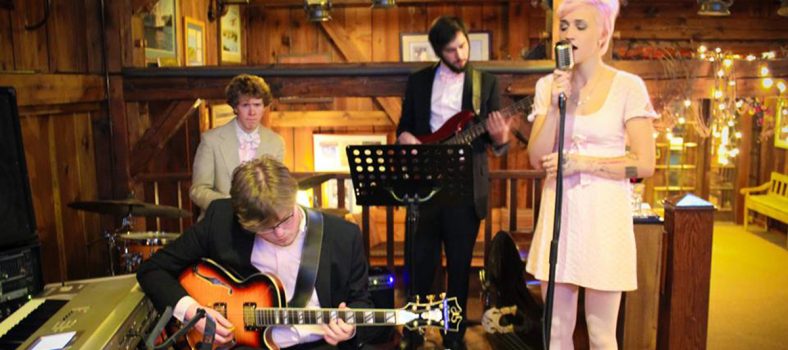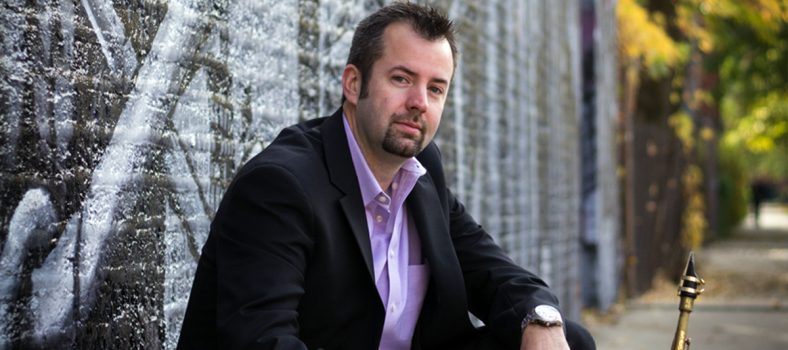Born in California, Sheila E. is the daughter of Juanita (Gardere), a dairy factory worker, and percussionist Pete Escovedo, with whom she frequently performs. Sheila E’s uncle is Alejandro Escovedo. Tito Puente was Escovedo’s godfather. She is also niece to Javier Escovedo, founder of seminal San Diego punk act, The Zeros. Another uncle, Mario Escovedo, fronted long-running indie rockers, The Dragons. Escovedo is of Cuban and Creole heritage. Coke Escovedo, who was in Santana and formed the band Azteca, was also her uncle. Nicole Richie is Sheila E.’s biological niece, the daughter of Sheila’s brother Peter Michael Escovedo.
Sheila made her recording debut with jazz bassist Alphonso Johnson on “Yesterday’s Dream” in 1976. By her early twenties she had already played with George Duke, Lionel Richie, Marvin Gaye, Herbie Hancock, and Diana Ross. She also plays guitar.
Prince met Sheila E. at a concert in 1978, when she was performing with her father. After the show, he met her and told her that he and his bassist “were just fighting about which one of us would be the first to be your husband”. He also prophetically vowed that one day she would join his band. The two would eventually join forces during the Purple Rain recording sessions. She provided vocals on the B-side to “Let’s Go Crazy”, “Erotic City” in 1984. Though taken under Prince’s wing, she proved to be a successful artist in her own right. In 1984 she scored hits with “The Glamorous Life” (#7 on the Hot 100), and “The Belle of St. Mark” (#34), the latter an NME ‘Single of the Week’. She opened for the Purple Rain tour and there was a segment where she would have a man called up on stage and seated in a chair while she sang “Next Time Wipe the Lipstick Off Your Collar” and teased him (similarly mirrored by Janet Jackson during the “Rope Burn” segment of her Velvet Rope Tour in 1998/99). Around the same time, the collaborating duo began a brief romantic relationship, while Prince was still seeing Susannah Melvoin, twin sister of The Revolution band member, Wendy Melvoin.





